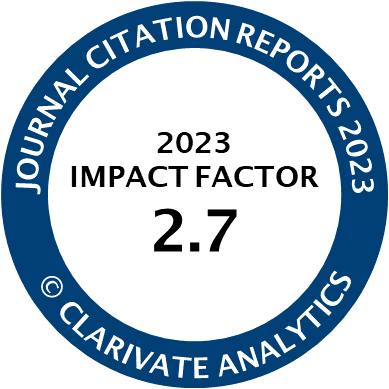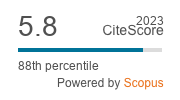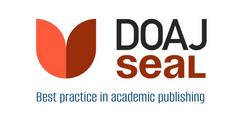Article | Open Access
Detecting Covid-19 Fake News on Twitter/X in French: Deceptive Writing Strategies
| Views: | 187 | | | Downloads: | 95 |
Abstract: Many who believed Covid-19 fake news eschewed vaccines, masks, and social distancing; got unnecessarily infected; and died. To detect such fake news, we follow deceptive writing theory and link French hedges and modals to validity. As hedges indicate uncertainty, fake news writers can use it to include falsehoods while shifting responsibility to the audience. Whereas devoir (must) emphasizes certainty and truth, falloir (should, need) implies truth but emphasizes external factors, allowing writers to shirk responsibility. Pouvoir (can) indicates possibility, making it less tied to truth or falsehood. We tested this model with 50,000 French tweets about Covid-19 during March–August 2020 via mixed response analysis. Tweets with hedges or the modal falloir were more likely than others to be false, those with devoir were more likely to be true, and those with pouvoir showed no clear link to truth. Tweets of users with verification, more followers, or fewer status updates were more likely to be true. These results extend deceptive writing theory and inform fake news detection algorithms and media literacy instruction.
Keywords: Covid-19; deception; disinformation; fake news; French; hedges; modals; uncertainty
Published:
Issue:
Vol 13 (2025): AI, Media, and People: The Changing Landscape of User Experiences and Behaviors (In Progress)
© Ming Ming Chiu, Alex Morakhovski, Zhan Wang, Jeong-Nam Kim. This is an open access article distributed under the terms of the Creative Commons Attribution 4.0 license (http://creativecommons.org/licenses/by/4.0), which permits any use, distribution, and reproduction of the work without further permission provided the original author(s) and source are credited.




